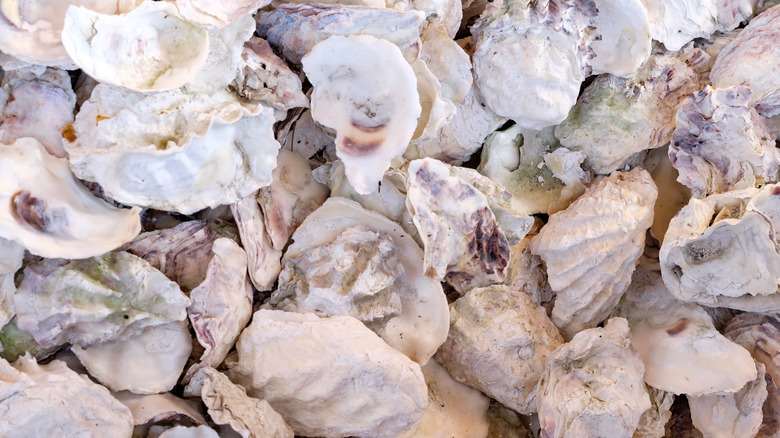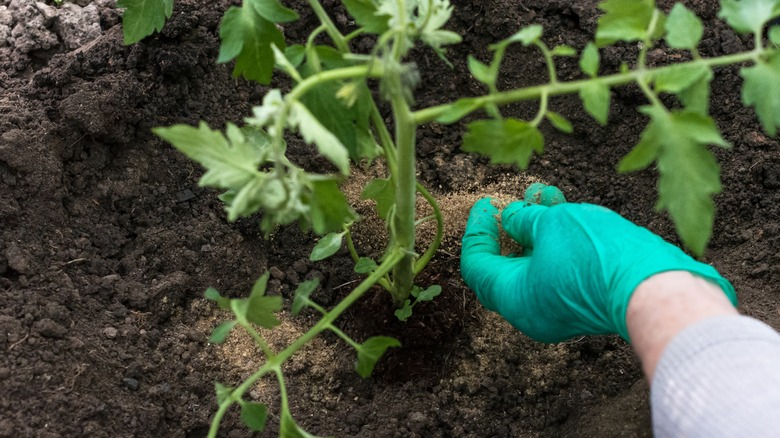Gardeners are always on the lookout for natural and sustainable ways to enrich their garden soil and promote plant health. One lesser-known gardening secret is using ground oyster shells to improve soil quality. These unassuming, calcium-rich shells can work wonders in your garden, contributing to robust plant growth and a healthier ecosystem. Oyster shells are a versatile and eco-friendly source of essential nutrients for your plants. They provide a slow-release, long-lasting supply of calcium, a vital nutrient necessary for strong cell walls, root development, and fruit formation. Moreover, they help to regulate soil pH levels, preventing the earth from becoming too acidic, which can hinder plant growth.
In addition to their nutritional contributions, ground oyster shells improve soil structure and aeration, leading to better water retention and drainage. This enhanced soil quality creates a healthier environment for beneficial soil organisms like earthworms and microorganisms, which play a crucial role in nutrient cycling and organic matter decomposition. By incorporating ground oyster shells into your garden, you’re not only ensuring healthier and more robust plants but also supporting a more sustainable and environmentally friendly approach to gardening.
Benefits of using powdered oyster shells in the garden

Powdered oyster shells are a fantastic addition to your garden fertilizer ingredients. Besides providing plenty of calcium, they contain valuable trace minerals like magnesium and copper. One of the key advantages of using powdered oyster shells as a garden fertilizer is the slow-release nature of the nutrients. This means that your plants receive a steady supply of calcium over time, preventing the risk of nutrient imbalances or over-fertilization, which can occur with synthetic fertilizers. To use powdered oyster shells effectively, sprinkle them all over your garden bed or incorporate them into your mulch. Mulch acts as a natural barrier, preventing the loss of nutrients through leaching and erosion — while also maintaining consistent moisture levels in the soil. This method ensures that the nutrients from the oyster shells are slowly released to the roots of your plants, promoting steady and healthy growth.
Additionally, you can use ground oyster shells to make protective rings around your plants. However, you’ll need a substantial amount of powdered oyster shell to ensure the diameter of each ring measures six inches and has a depth of about three inches. This “ring” will not only ensure your garden soil has a consistent supply of nutrients and discourage weed growth but will also protect your plants from slugs and snails who hate the coarse texture of the powder.
Tips for using ground oyster shells in the garden

So, when should you incorporate ground oyster shells into your garden? The best time to apply them is during the early spring or late fall when you’re preparing your garden beds for the upcoming season. Aim to distribute the powdered oyster shells evenly, covering the entire garden area, and then top it off with a layer of mulch. Note that you need to use clean and dry shells for gardening. Simply boil the clean shells and let them dry. To make crushing or grinding them easier — and to ensure the shells are completely dry — you can also bake them for a few minutes in the oven before putting them in your trusty coffee grinder.
Including ground oyster shells in your garden fertilizer is a cost-effective, eco-friendly, and long-lasting approach to promoting plant health and enhancing soil quality. By using this method, you can maintain a thriving garden while treading lightly on the environment. So, grab some oyster shells and give your garden the nutrient boost it deserves.



